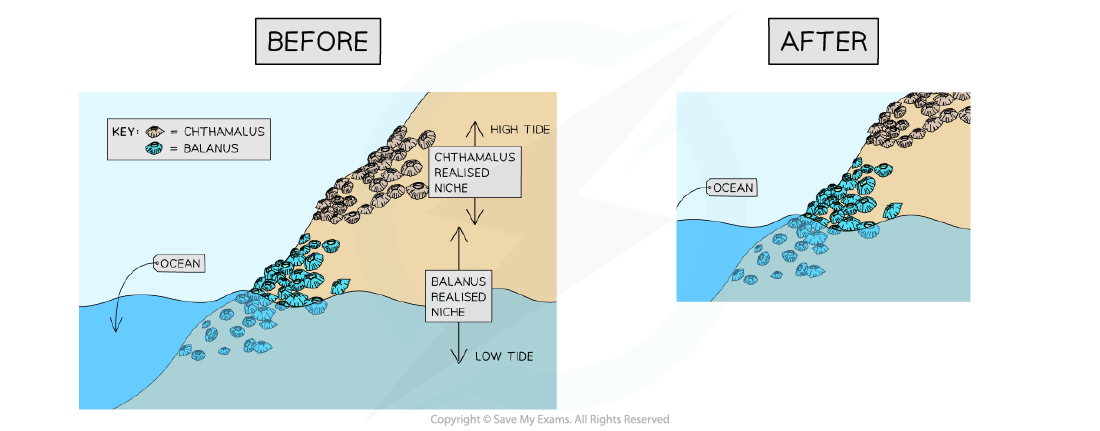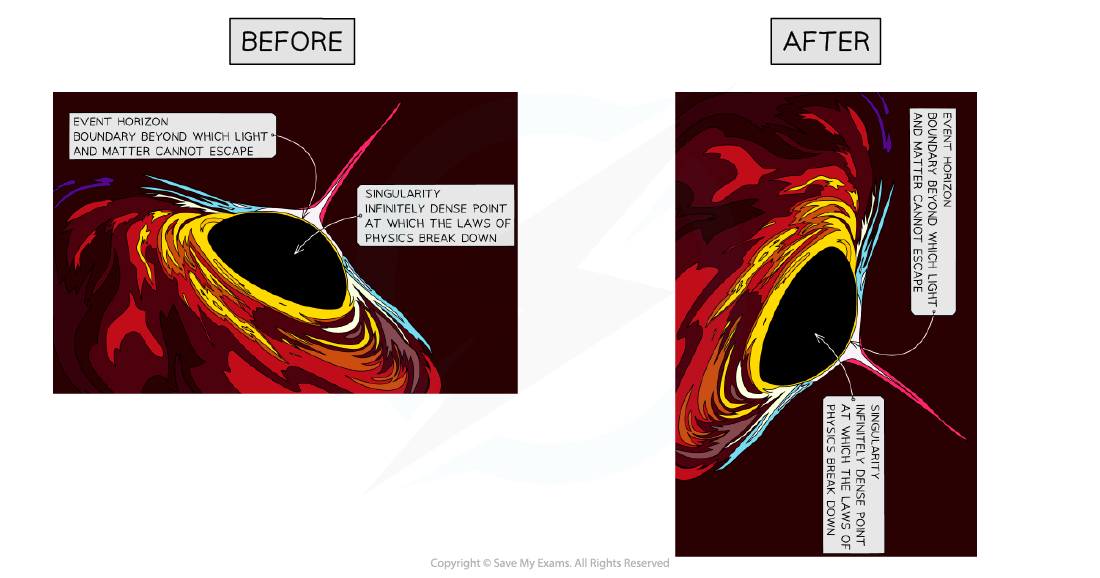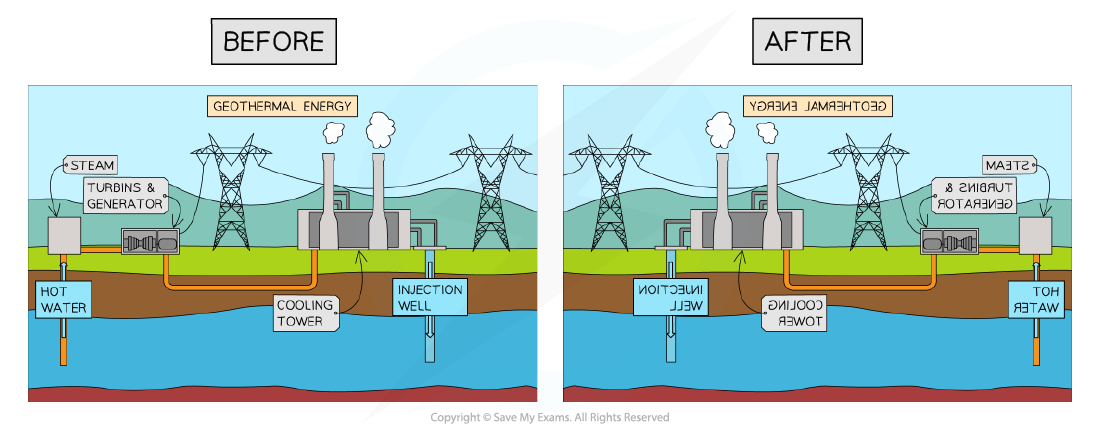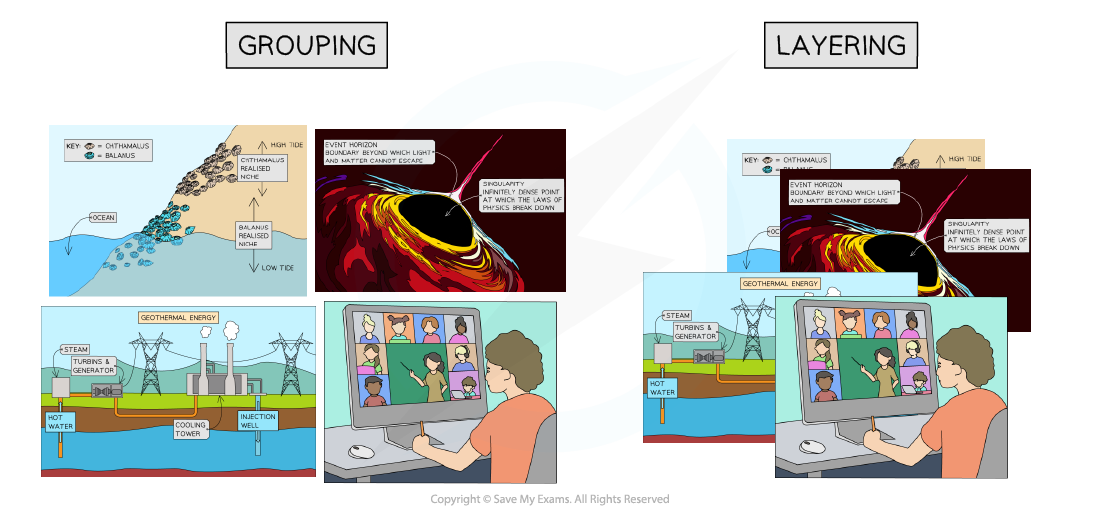Image Editing (Cambridge (CIE) IGCSE ICT): Revision Note
Exam code: 0417 & 0983
Image Editing
What is image editing?
Image editing is the process of manipulating images and changing them to suit the user's end goal
Image editing can be done in several ways, the exam requires you to know about:
Placing an image with precision
Resizing an image
Cropping an image
Rotating an image
Reflecting (flipping) an image
Adjusting brightness and contrast
Grouping and layering images
Placing an image with precision
This refers to positioning an image accurately within a document or other media
You can usually do this by selecting the image and dragging it to the desired location
Some software allows for more precision through the use of coordinates or alignment tools
Resizing an image
This means changing the dimensions of an image
You can often do this by selecting the image and dragging its corners or edges
Maintaining the aspect ratio means the image's width and height change at the same rate, preventing distortion
Adjusting the aspect ratio can change the shape and proportions of the image
Cropping an image
This involves cutting out and discarding parts of an image
Cropping tools usually allow you to select a portion of the image to keep and discard the rest

Rotating an image
This means turning the image around a central point
Most software allows rotation to any angle, and common rotations such as 90 degrees or 180 degrees are often provided as options

Reflecting (flipping) an image
This means creating a mirror image of the original
An image can be flipped horizontally (left to right) or vertically (top to bottom)

Adjusting brightness and contrast
These tools change the light and dark values in an image
Brightness affects all pixels in the image equally, making the image lighter or darker
Contrast adjusts the difference between light and dark values, which can make the image appear more or less detailed

Grouping and layering images
These techniques help to organise multiple images
Grouping combines images so they can be moved or transformed as a single unit
Layering involves placing images on top of each other
You can change the order of layered images, moving them to the front or back

Examiner Tips and Tricks
Make sure you use specific technical terms when answering questions on this topic
Worked Example
An image has been changed in several different ways.
Original image

For each of the following images describe the software editing technique used to produce
the edited images are shown from the original image.
Edited images

[4]
Answers
A - Resize the image maintaining an aspect ratio [1]
B - Rotate the image 90 degrees anti-clockwise/counter-clockwise 270 degrees clockwise [1]
C - Reflect the image in the Y axis [1]
D - Brightness adjusted [1]

Unlock more, it's free!
Did this page help you?